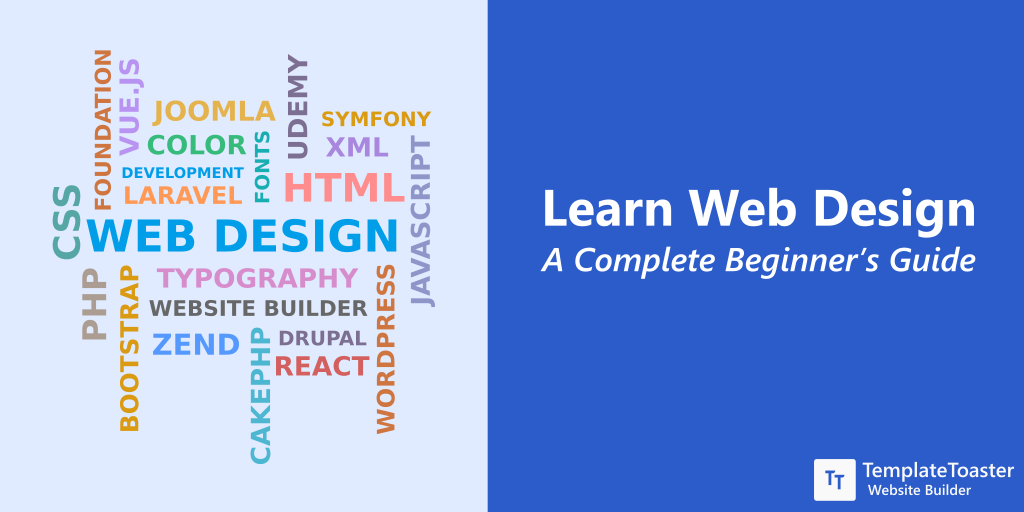Raise Your Website with Advanced Web Design Johannesburg Techniques
Wiki Article
Deciphering the Complexities of Receptive Website Design and Its Effect On Ease Of Access and Functionality Throughout Various Tools
Responsive internet style (RWD) has arised as a fundamental method in developing electronic experiences that are both functional and easily accessible across varied tools. By integrating strategies such as liquid grids and CSS media queries, RWD not just enhances user engagement however additionally addresses critical accessibility concerns for individuals with handicaps. As the landscape of digital communication remains to evolve, understanding the implications of RWD becomes vital. The ins and outs included in achieving this equilibrium raising essential questions about finest methods and possible challenges that call for further expedition.Comprehending Responsive Website Design
Receptive website design personifies the principle of versatility, making sure that sites give an optimal viewing experience throughout a selection of tools and display dimensions. This technique uses flexible grids, layouts, and images, enabling the web content to dynamically adjust based on the user's tool. The surge of mobile internet usage has actually made responsive layout not simply a trend, but a need for contemporary internet advancement.At its core, responsive website design emphasizes fluidity and scalability. By using CSS media questions, programmers can tailor styles to differing screen dimensions, ensuring that message remains clear and pictures are shown suitably. This strategy accommodates the diverse range of tools, from mobile phones to large desktop displays, assisting in smooth navigating and interaction.
In addition, receptive web layout boosts individual involvement by decreasing the requirement for too much zooming or horizontal scrolling, which can detract from the customer experience. By prioritizing accessibility, organizations can reach a more comprehensive target market, making sure that all customers, no matter gadget, can access material successfully. Ultimately, comprehending responsive web design is essential for developing internet sites that are not only aesthetically attractive yet additionally functional and straightforward across varied systems.

Trick Principles of RWD
Emphasizing adaptability and user-centric layout, the essential concepts of responsive website design (RWD) focus on producing a smooth experience regardless of the gadget being used. One basic concept is fluid grids, which make use of relative systems like portions rather than fixed dimensions. This approach ensures that format aspects adjust proportionally to differing display dimensions, maintaining aesthetic comprehensibility.One more essential principle is adaptable photos and media, which resize within their including components. web design Johannesburg. By employing CSS techniques such as max-width, designers can prevent photos from surpassing their moms and dad containers, ensuring that visuals continue to be sharp and suitably scaled across tools
In addition, media inquiries play a critical function in RWD, allowing programmers to use particular CSS styles based upon the features of the device, such as orientation, width, and height. This ability allows tailored experiences that enhance usability and involvement.
Furthermore, a mobile-first technique is significantly preferred, where styles prioritize smaller sized screens and gradually boost for larger devices. This principle not just maximizes performance yet likewise addresses the expanding prevalence of mobile browsing. Collectively, these concepts create the backbone of responsive web style, cultivating a adaptable and user-friendly digital atmosphere.

Effect On Ease Of Access
The integration of responsive website design plays an essential role in enhancing accessibility for all users. By embracing an adaptable layout that adapts to differing screen sizes and positionings, responsive design guarantees that material continues to be conveniently navigable and legible despite the device utilized. This versatility is especially considerable for people with specials needs, who might rely upon assistive innovations that function better when web content is structured responsively.Moreover, responsive web style decreases the chance of problems such as straight scrolling, which can impede users with motor impairments or aesthetic disabilities. By providing a consistent customer experience throughout tools, developers can prioritize ease of access attributes such as keyboard navigating and display visitor compatibility, allowing for a more comprehensive electronic environment.
Moreover, online search engine increasingly prefer responsive layouts, which can boost presence for individuals looking for try these out available material. As a result, businesses and companies are urged to embrace these methods not only to comply with availability requirements yet additionally to reach a wider target market. Inevitably, receptive web layout contributes in advertising equitable access to information and solutions across diverse customer teams, thus promoting a comprehensive digital landscape.
Capability Throughout Devices

Additionally, the efficiency of internet applications can vary dramatically throughout devices. Mobile phone typically have actually limited handling power and slower net connections, which can affect loading times and total individual experience. It is vital for developers to optimize pictures, scripts, and various other sources to make certain that performance continues to be consistent and efficient, despite the tool being utilized.
In addition, the layout and framework of web content need to adapt fluidly to different display dimensions to keep usability. This flexibility not just enhances user interaction yet likewise decreases disappointment, eventually leading to greater retention rates. In summary, focusing on functionality throughout tools is necessary for creating a effective and inclusive internet existence that deals with the diverse needs of customers.
Finest Practices for Implementation
Applying responsive website design effectively calls for a calculated method that prioritizes individual experience and access. To achieve this, begin by embracing a mobile-first layout philosophy, which highlights producing an optimal experience for smaller sized displays prior to scaling up to bigger tools. This technique ensures that crucial material is focused on which functions are perfectly integrated.Next, make use of liquid grids and versatile formats. Utilize family member devices, such as percentages, instead of dealt with units like pixels - web design Johannesburg. This versatility permits web content to resize dynamically based on the screen's measurements, boosting functionality throughout numerous gadgets
Moreover, integrate media inquiries to use specific CSS guidelines based on the attributes of the tool, such as width, height, and resolution. This targeted strategy permits customized experiences that investigate this site satisfy the special capacities of each gadget.
In addition, prioritize accessibility by making sure that all interactive aspects are easily navigable using touch or key-board. Carry out Read More Here semantic HTML to boost screen viewers compatibility and keep high comparison proportions for readability.
Conclusion
Finally, receptive internet style functions as a foundational component in developing obtainable and useful digital experiences throughout diverse devices. By integrating liquid grids, flexible photos, and CSS media questions, responsive design not only improves individual involvement however also advertises equitable access to details for all people, consisting of those with impairments. Following ideal methods in application guarantees that websites stay versatile, ultimately promoting an extra comprehensive electronic environment that satisfies the differing needs of customers.Responsive web layout (RWD) has arised as a basic strategy in creating electronic experiences that are both easily accessible and practical throughout diverse gadgets.Responsive web style symbolizes the concept of versatility, making sure that websites offer an optimal viewing experience across a range of tools and display sizes.Stressing versatility and user-centric style, the crucial principles of receptive internet style (RWD) rotate around developing a seamless experience regardless of the device being made use of.Capability throughout devices is a key consideration in web layout, as users engage with web content via a variety of platforms, consisting of desktops, tablet computers, and smart devices.In final thought, receptive internet design serves as a foundational component in creating functional and obtainable digital experiences across diverse tools.
Report this wiki page